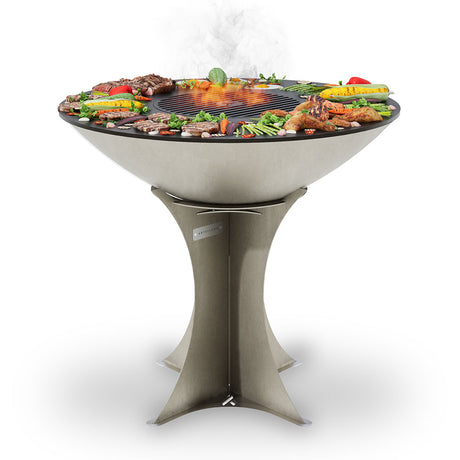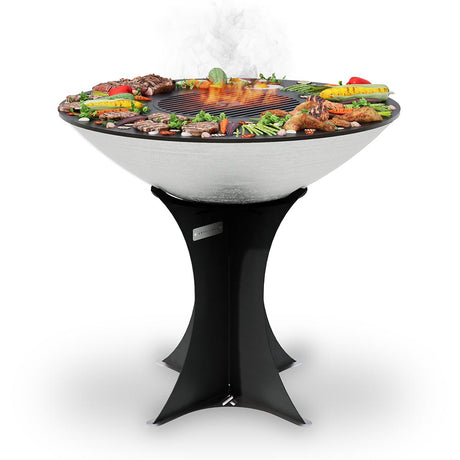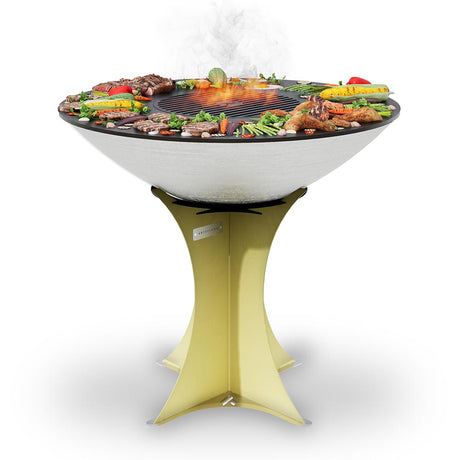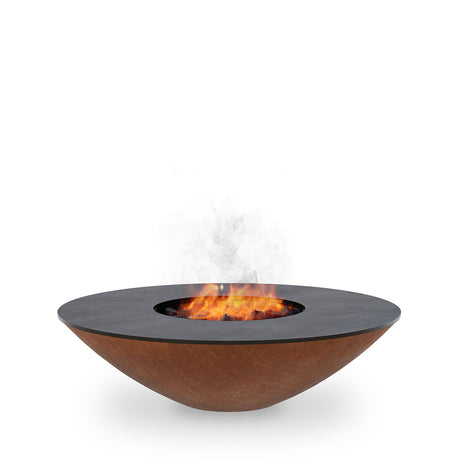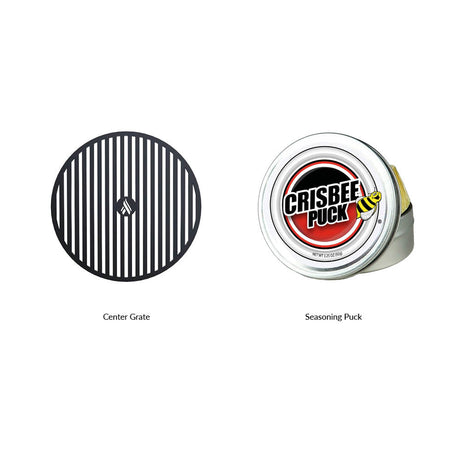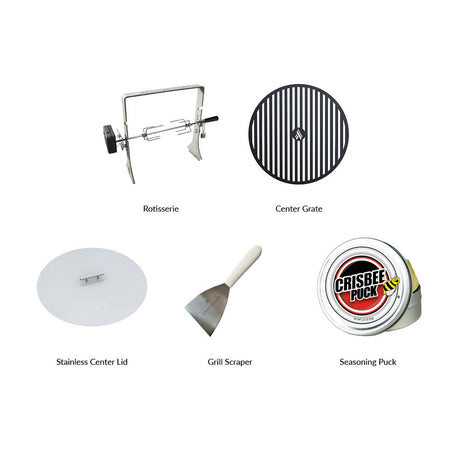Arteflame Confit de Canard: A Smoky Take on the French Classic
Confit de Canard, or duck confit, is a traditional French dish where duck legs are slow-cooked in their own fat until tender and flavorful. The Arteflame grill adds a unique smoky flavor, enhancing the rich taste of the duck and creating a crispy, golden skin. This recipe brings a luxurious touch to your grilling repertoire, perfect for a special dinner or when you want to impress your guests.
Ingredients
- 4 duck legs (thighs and drumsticks attached)
- 4 cups duck fat (or enough to fully submerge the duck legs)
- 4 garlic cloves, crushed
- 1 tablespoon kosher salt
- 1 tablespoon black peppercorns
- 2 sprigs fresh thyme
- 2 bay leaves
- 1 sprig fresh rosemary
- 1 tablespoon olive oil
- Fresh parsley for garnish
Instructions
1. Cure the Duck Legs
Start by rubbing the duck legs with kosher salt, crushed garlic, black peppercorns, thyme, rosemary, and bay leaves. Place the seasoned duck legs in a dish, cover with plastic wrap, and refrigerate for 24 to 48 hours. This curing process enhances the flavor and helps tenderize the meat.
2. Rinse and Dry
After curing, rinse the duck legs under cold water to remove the excess salt and seasonings. Pat them dry with paper towels.
3. Fire Up the Grill
Fire up your Arteflame grill, creating a moderate heat zone on the flat cooktop. Place a cast-iron skillet on the flat cooktop to melt the duck fat.
4. Cook the Duck Legs
Once the duck fat has melted, submerge the duck legs in the fat. Let the legs cook slowly in the duck fat on the outer edge of the flat cooktop, maintaining a low simmer. Cook for 2.5 to 3 hours, or until the duck is tender and easily pulls away from the bone.
5. Crisp the Skin
Remove the duck legs from the fat and let them drain on a wire rack. Increase the heat on the Arteflame's flat cooktop by moving the skillet closer to the center. Add a tablespoon of olive oil to the skillet and place the duck legs skin-side down. Sear the duck until the skin is golden brown and crispy, about 3-5 minutes.
6. Serve
Transfer the crispy duck legs to a serving platter. Garnish with fresh parsley and serve immediately. Confit de Canard pairs beautifully with roasted potatoes, sautéed greens, or a simple green salad.
Tips
- Use duck fat: Duck fat is essential for the confit process. It imparts rich flavor and ensures the duck remains moist and tender.
- Cook slowly: Low and slow cooking is key to achieving the tender, melt-in-your-mouth texture of traditional duck confit.
- Save the fat: After cooking, strain and save the duck fat for future cooking—it’s perfect for roasting potatoes or sautéing vegetables.
Conclusion
This Arteflame Confit de Canard recipe is a luxurious and flavorful dish that brings a French classic to your grill. The slow-cooked duck, enhanced with a smoky twist, results in tender meat with a crispy, golden skin. Perfect for a special occasion or an elegant dinner, this dish is sure to impress.
Recipe Variations
1. Confit de Canard with Orange Glaze
After crisping the duck, brush it with an orange glaze made from orange juice, honey, and a touch of balsamic vinegar.
2. Spicy Confit de Canard
Add a pinch of cayenne pepper or smoked paprika to the salt cure for a subtle spicy kick.
3. Herb-Infused Confit
Use a mix of fresh herbs like tarragon, sage, and oregano in the curing process for a more complex flavor profile.
4. Confit de Canard with Balsamic Reduction
Drizzle the finished duck with a balsamic reduction for a sweet and tangy contrast to the rich duck.
5. Confit de Canard with Truffle Oil
Finish the dish with a drizzle of truffle oil for an extra layer of luxury and aroma.
Best Pairings
- Side Dish: Roasted fingerling potatoes or a garlic sautéed spinach
- Drink: A rich red wine like Pinot Noir or a robust Bordeaux
- Dessert: Crème brûlée or a poached pear with vanilla syrup







